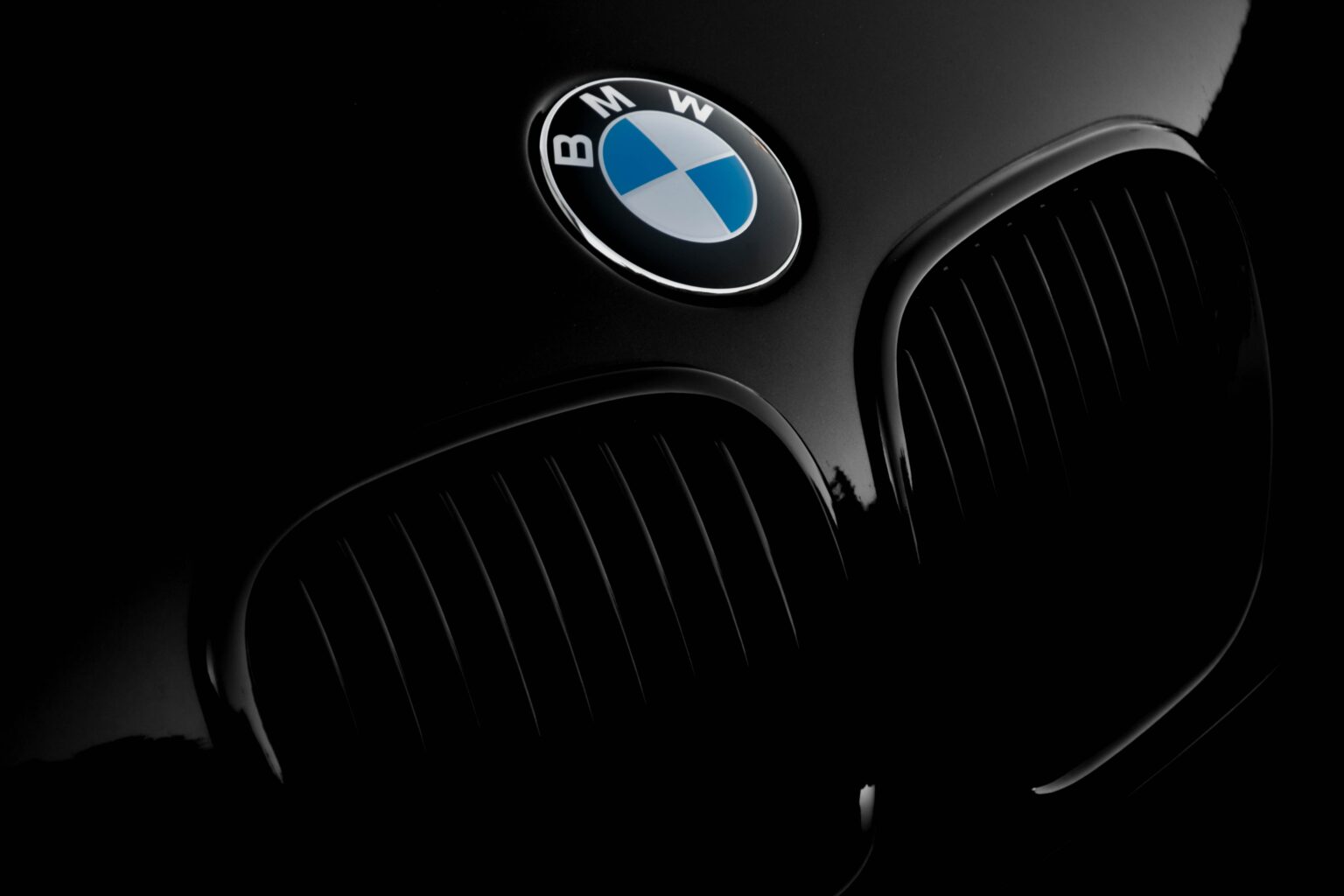In the fast-evolving landscape of electric vehicles (EVs), BMW is steering into new territory with its iX5 Hydrogen, a hydrogen-powered SUV that blends the dynamics of an EV with the rapid refueling capabilities of hydrogen.
Dr. Jürgen Guldner, responsible for hydrogen vehicle development at BMW, took Auto Express on a ride, unveiling the culmination of four years of innovation.
The iX5 Hydrogen is not positioned as an alternative to traditional EVs but as an additional tool in the collective effort to reduce CO2 emissions. BMW, self-described as ‘technologically agnostic,’ identifies hydrogen-powered FCEVs as “EVs with fast fuelling.” The key advantage lies in the speedy refueling process, taking only five minutes to fully replenish with compressed hydrogen, offering a 311-mile (500km) range.
At the core of the iX5 Hydrogen is a fuel cell rated at 125kW, currently the world’s most powerful. Developed in partnership with Toyota, this cutting-edge fuel cell drives the rear-mounted motor alongside a high-performance lithium-ion battery pack delivering 170kW. The vehicle boasts 295kW (396bhp) and 524lb ft of torque. Comprising two carbonfiber-cased tanks, the iX5 stores hydrogen compressed to 700 bar and cooled to -40°C.
The distinguishing feature of this technology is its multi-component functionality. Unlike traditional EVs where the battery dictates everything, in the iX5 Hydrogen, each component plays a specific role – the tank size determines the range, the fuel cell governs maximum speed, and the battery power regulates acceleration.
BMW’s iX5 Hydrogen is not a standalone endeavor but part of a broader vision. The company foresees hydrogen produced from renewable energy as the ‘new oil’ in regions like the Middle East, leveraging abundant sunshine. Dr. Guldner emphasizes the importance of hydrogen to make renewable energy available globally.
The collaboration with Toyota, spanning a decade, reflects a commitment to shared advancements in fuel cell technology. As BMW gears up for future architectures, the integration of smaller, more efficient hydrogen tanks into the vehicle’s design space is on the horizon.
